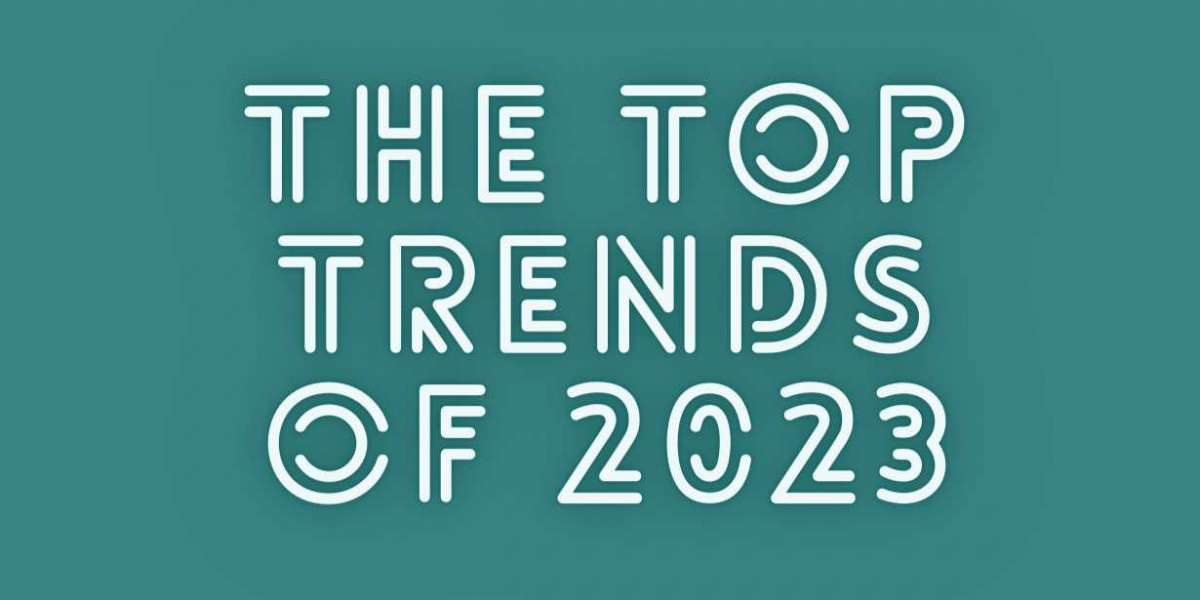Hellstar:
In a world where streetwear has become more than just a form of apparel—evolving into a statement of rebellion, self-expression, and underground culture—few brands have stirred the scene like Hellstar. With its cryptic identity, apocalyptic aesthetics, and cult-like following, Hellstar isn’t just a clothing brand; it’s a movement. Born from the embers of artistic defiance and molded in the crucible of subcultural energy, Hellstar’s rise has been nothing short of meteoric. But what makes Hellstar so magnetic? How did it carve its own lane in the saturated streetwear market, and why is it adored by celebrities and cultural outliers alike?
The Genesis of Hellstar: Born From the Ashes of the Ordinary
Hellstar didn't emerge from glossy marketing campaigns or multi-million dollar investors. It was forged in the underground—a raw, gritty birth that mirrors the very ethos it now represents. The brand was co-founded by Sean Holland and his creative team, all of whom shared a vision that diverged from mainstream fashion. Tired of watered-down aesthetics and predictable designs, they set out to craft something darker, edgier, and more spiritually symbolic.
From the outset, Hellstar’s mission was to disrupt. The name itself—“Hellstar”—evokes powerful imagery. It suggests light within darkness, beauty amidst chaos, and rebellion against conformity. Drawing inspiration from existential themes, cosmic duality, and religious symbolism, the brand infused these concepts directly into its apparel. It wasn’t just about selling clothes; it was about telling a story—one that resonated with a generation seeking deeper meaning in what they wear.
Visual Identity: A Language of Symbols and Shadows
Hellstar’s visual identity is instantly recognizable: cryptic symbols, gothic fonts, flaming motifs, and otherworldly artwork. The designs often resemble something out of a post-apocalyptic prophecy, combining spiritual and occult references with modern punk aesthetics. These visuals are not accidental. Each piece serves as a form of storytelling, a wearable piece of dystopian poetry.
Many of Hellstar’s designs incorporate allusions to biblical narratives—angels, demons, divine retribution—but filtered through a lens of counterculture. The juxtaposition of "heaven and hell" is a recurring theme, with slogans like “The Light You Cannot See” or “Hell is Empty, All the Devils Are Here” emblazoned across hoodies and tees. These aren’t mere taglines—they are provocations. They force the wearer and observer alike to reflect on their inner turmoil, the duality of human nature, and society’s descent into darkness.
The Drop Culture: Scarcity as Strategy
Hellstar has mastered the art of exclusivity. Embracing the modern “drop” model made popular by brands like Supreme and Yeezy, Hellstar releases limited collections at unpredictable intervals. These drops often sell out within minutes, adding a layer of urgency and rarity that fuels its mystique.
But scarcity isn’t just about hype; it’s a strategy. It reinforces the brand’s anti-establishment ethos. Hellstar doesn't play by the rules of traditional fashion calendars or seasonal collections. Its irregular release pattern rejects the fast fashion cycle, instead encouraging deeper emotional connections with each piece. This approach has allowed Hellstar to maintain a loyal fanbase that feels part of something exclusive, something larger than fashion itself.
Celebrity Co-Signs: From the Shadows to the Spotlight
While Hellstar originated in the underground, it didn't stay there for long. As its reputation grew, it naturally caught the attention of the music and sports worlds—two industries deeply intertwined with streetwear culture. Today, Hellstar is frequently seen on the backs of high-profile figures like Playboi Carti, Lil Uzi Vert, LeBron James, Travis Scott, and A$AP Rocky.
These endorsements aren’t the result of traditional brand deals or PR stunts. Most of the time, celebrities wear Hellstar because it resonates with their personal image. The brand’s unapologetic aesthetic fits perfectly with artists known for pushing boundaries. When someone like Playboi Carti wears a Hellstar hoodie during a concert, it doesn’t just elevate the brand—it validates its cultural authenticity.
Hellstar’s Ethical Edge: Spiritual Rebellion, Not Mindless Consumerism
In an age of increasing awareness around sustainability and ethics in fashion, Hellstar’s approach is refreshingly introspective. While not overtly marketed as an ethical brand, Hellstar’s underlying messages often critique blind consumerism, moral decay, and spiritual emptiness. Its imagery and slogans frequently allude to a world lost in materialism and artificial light—challenging the audience to seek inner truth rather than external validation.
This duality—a brand that thrives on exclusivity while critiquing material excess—is what makes Hellstar philosophically rich. It doesn’t offer easy answers. Instead, it invites the wearer into a complex dialogue about identity, sin, salvation, and the societal structures that shape us.
The Hellstar Hoodie: A Modern Relic
Perhaps the most iconic item in the Hellstar catalog is the Hellstar Hoodie. Equal parts armor and art, the hoodie encapsulates everything the brand stands for. It’s heavy, oversized, and adorned with mystic artwork that speaks volumes without saying a word. Whether it features flaming skulls, celestial maps, or distorted religious iconography, each hoodie feels like a relic from another world—a statement piece that demands attention and contemplation.
The Hellstar hoodie has become a status symbol among fashion-forward youth. But more importantly, it’s a canvas for rebellion. In a world where fashion is often superficial, the Hellstar hoodie offers substance. It feels like a declaration of independence from the mundane, a refusal to conform to societal expectations of what streetwear should look like.
Streetwear Meets Spiritual Warfare
At its core, Hellstar isn’t just about clothes. It’s about spiritual warfare. It’s about confronting the demons of modernity—emptiness, consumerism, vanity, and societal decay. Through its layered messaging and dark visuals, Hellstar serves as a mirror to the chaos of contemporary life. It taps into something primal: the need to believe in something, even if that belief is forged in fire and shadow.
This is where Hellstar diverges from most streetwear brands. While others may focus on trends, logos, and flex culture, Hellstar dares to explore deeper terrain. It embraces the notion that fashion can be a vehicle for spiritual discourse. Whether it's through celestial themes or occult references, Hellstar ignites questions about life, death, destiny, and the human soul.
A Community of the Damned—and the Enlightened
One of Hellstar’s most impressive feats is its ability to foster community. Its fanbase isn’t just made up of customers—they’re disciples. Through social media, pop-up events, and limited edition collaborations, Hellstar has cultivated an ecosystem of loyal followers who understand its vision. They don’t just buy the brand; they live it.
This community transcends geographical borders. Whether in LA, Tokyo, London, or Berlin, Hellstar’s flame burns bright. Its universal appeal lies in its authenticity. The brand doesn't pander to trends or cater to mass markets. It speaks its truth, and in doing so, attracts those who crave deeper meaning in a world oversaturated with surface-level appeal.
The Future of Hellstar: From Cult to Culture
What lies ahead for Hellstar? As it continues to evolve, there’s no doubt the brand will expand into new territories—whether through art installations, multimedia storytelling, or global collaborations. Yet, one thing seems certain: Hellstar will never lose its edge. It was never meant to be mainstream. Its power lies in its refusal to be diluted.
There are whispers of future partnerships, limited art capsule drops, and even Hellstar venturing into experimental music or short films. These possibilities align perfectly with the brand’s multidisciplinary DNA. Hellstar is not just a fashion label—it’s a cultural oracle, offering cryptic yet compelling visions of the future.
Hellstar Burns Brighter Than the Hype
In a landscape flooded with imitators and trend-chasers, Hellstar Clothing stands out like a burning star in a night sky. Its fusion of visual storytelling, spiritual symbolism, and underground grit creates a brand that doesn’t just follow the culture—it shapes it. Whether you're drawn to it for its aesthetics, its philosophy, or the community it fosters, Hellstar offers more than clothing. It offers purpose, perspective, and perhaps even prophecy.








